“The role of intangible factors in the economy is growing every year. It shows up in everything from luxury watches to icebreakers. In culture, Moomin Characters is a strong example of a company whose remarkable growth is rooted in the intangible.

Petri Rouvinen, research advisor at Etla, puts it plainly: the world is moving in a direction where value creation increasingly depends on what people want and how they feel.
“One person wants beer from a brewery in Espoo, another prefers Sandels. The price difference in Citymarket is several times over, even though in a blind test, it’s debatable how much difference you’d taste. People are willing to pay for intangible qualities.”
A clear and even vast majority of a product’s value can consist of intangible elements.
“People laugh when I give this example, but Paul Newman’s watch once sold at auction for over $17 million. That price is all about the story. A similar vintage Rolex online goes for maybe $5,000—and even that might be a stretch.”
“Some say this isn’t real value creation. Actually, it’s exactly that.”
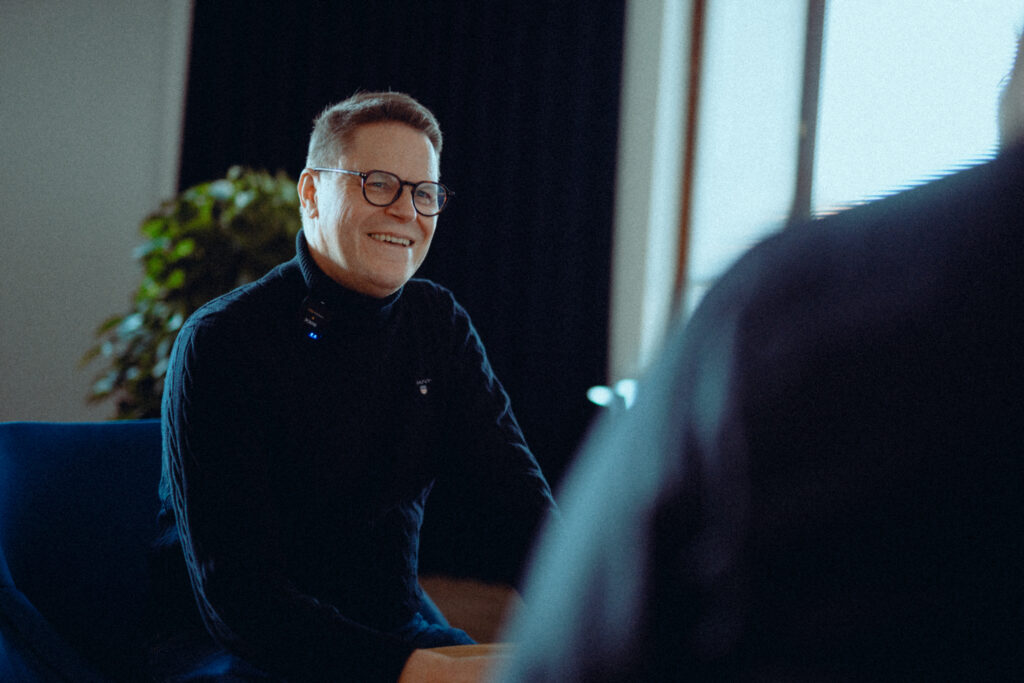
When articles talk about tangible and intangible production factors, it’s a simplification. In practice, they blend together.
A major figure in Finnish business, Rauma-Repola’s CEO and UPM-Kymmene’s board chair Tauno Matomäki once said that Finland shouldn’t try to export anything smaller than a horse. He was referring to the machine industry, which feels very material—with its paper machines and icebreakers. But even in that, a significant part consists of intangible capital.
“It may sound counterintuitive, but it’s not. From both a business and national economy perspective, intangible investments are larger and more crucial. According to our calculations, even in the capital-heavy machinery industry Matomäki emphasized, 67% of capital is intangible.”
“People often think they’re paying for a lump of metal, but that purchase always includes intangibles: brand, organizational reliability, and the company’s ability to keep producing and selling in the future.”
According to Rouvinen, the emphasis on material investments shows up at all levels of society. In politics, the focus is on what is less than half the total value.
“In music education, for example, there’s still too much focus on mastering tiny technical details. There’s less talk about how to make a living from music in the future, which requires both tangible and intangible investment.”
Tove Jansson, a child from an artist family, started drawing early Moomin characters already in the 1930s. Her uncle, who lived in Sweden, had noticed that Tove often snuck into the pantry and warned her about “moomintrolls” who lived behind the tiled stove.
Little creatures like the Moomins started appearing on things like the covers and corners of the satirical magazine Garm.
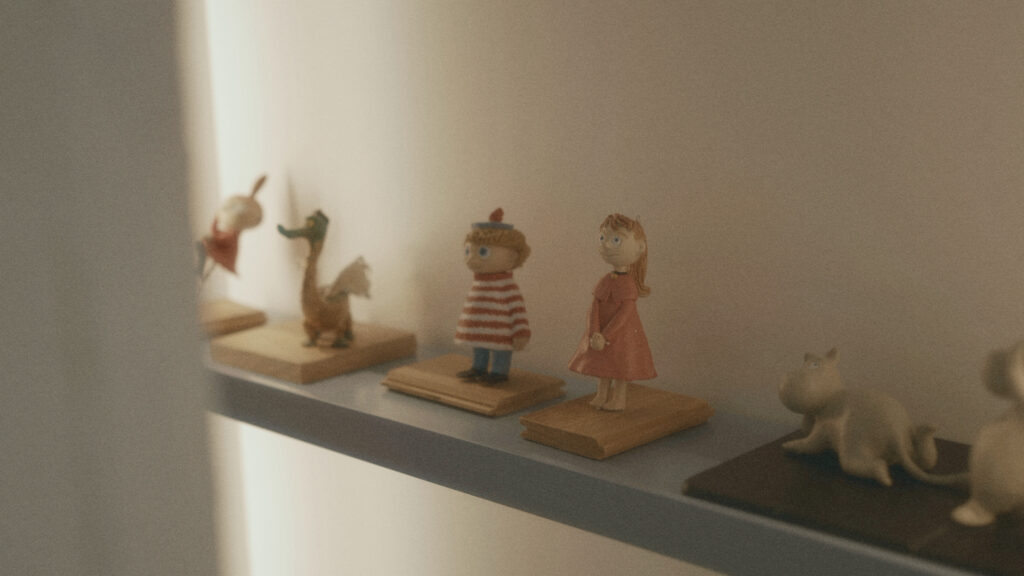
The first Moomin book, Småtrollen och den stora översvämningen (The Moomins and the Great Flood), was published in Swedish in 1945 and in Finnish in 1991. The British Evening News newspaper started publishing the Moomin comic strip in 1954.
Since then, so many Moomin-themed products and works have appeared that listing them is pointless. Individual characters have become the source of a whole visual world and product family.
Moomin Characters, which manages Moomin products and branding, is one of Finland’s most profitable companies in relative terms. CEO Roleff Kråkström emphasizes that in building intangible business, the product itself is central. You need to clearly understand what it is and what you’re really selling.
“Moomin Characters has survived for decades because the total artwork is so fantastic—both in literary and visual terms. Tove created top-level world-class art, and her significance as an artist has only grown in recent decades. That’s why we at Moomin Characters have increasingly shifted our focus from the characters to the artist herself.”
Emphasizing Tove Jansson as an artist further highlights the kind of intangible factors Rouvinen talked about, or mental images not directly tied to the characters themselves. A Moomin mug could easily say, in the spirit of surrealist René Magritte, “This is not a mug.”
“Quality is absolutely the only currency we stand on. Nordic modernism and values are also central to our business.”
Tove’s mother, artist Signe “Ham” Hammarsten–Jansson, belonged to the first generation of women in Finland to gain full political rights. Like her mother, Tove was an active participant. When the forerunner to today’s Grafia, the Finnish Illustrators’ Association, was founded in 1933, only two women were among its first members: Signe Hammarsten-Jansson and (19-year-old) Tove Jansson.
This era strengthened not just women’s role as active family members but also urbanization and the working middle class. This cultural shift produced major literary breakthroughs—like Sweden’s Astrid Lindgren and Tove Jansson—nearly simultaneously.
“Tove knew how to write and draw for a new, unfamiliar social group. They were educated, lived well, traveled, and dreamed. But they also feared that their children wouldn’t be happy.”
Entertainment and art answered the questions of the rising middle class. Tove Jansson didn’t exactly rebel against bourgeois family values—she more gently laughed at them. At the heart of happiness was family, in all its strangeness.
“Moomins embody a radical acceptance of other people’s ideas, religions, and customs—complete tolerance. That resonated with the new middle class—and still does.”
“Anglo storytelling has long been dominated by characters whose families are killed off in chapter one. Tarzan, Narnia, Disney films, and later The Lion King and Harry Potter all follow that tragic arc. A lonely, pitiful creature is supposed to manage on its own in the world, so it growls from atop a rock.”
“That’s very different from the Nordic tradition, where you set off on an adventure and a worried Moominmamma says, ‘Take your hat and a warm sandwich.’ Everyone knows you’ll come back from the trip.”
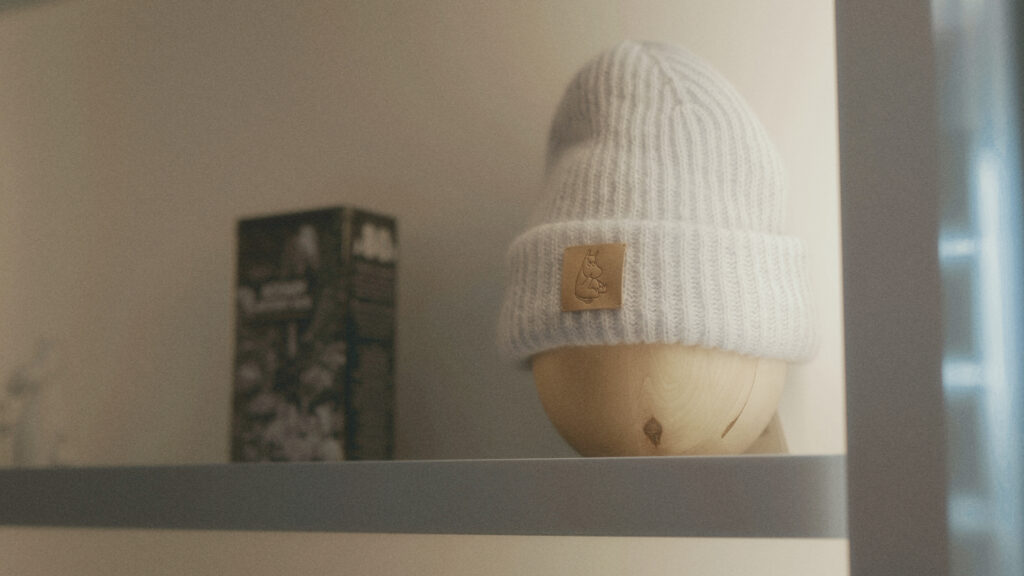
Moomin Characters has always come back from its trips. The first quarter of 2025 was the best in the company’s history, with 30% growth. Growth doesn’t happen on brand or values alone.
“When I became CEO of Moomin Characters in 2008, I declared that we’d only just scratched the surface. Even back then people were asking whether the Moomins were over-commercialized and if it was all coming to an end. A ridiculous idea, since we had only a little business in the Nordics and a lot in Japan—but practically none elsewhere. Today, our revenue is much more evenly spread out, and we’ve grown over 2,000 percent since 2008.”
According to Kråkström, the massive growth stems not only from values but also from good groundwork and smart international expansion.
“I watched Yle’s Raha-Suomi program over Easter. In it, marketing expert Max Alfthan emphasized what made 1990s Nokia different from other Finnish companies: it didn’t just export—it internationalized.”
The same happened with Tove Jansson and her brother Lars. First, Tove founded a business in the 1950s, which she and Lars later continued through Moomin Characters, established on March 25, 1977. Kråkström calls Moomin Characters “a uniquely early company for managing intellectual property rights.”
“The name is odd but easier for foreigners to pronounce than, say, ‘Werner Söderström’,” jokes Kråkström, who long worked in WSOY marketing.
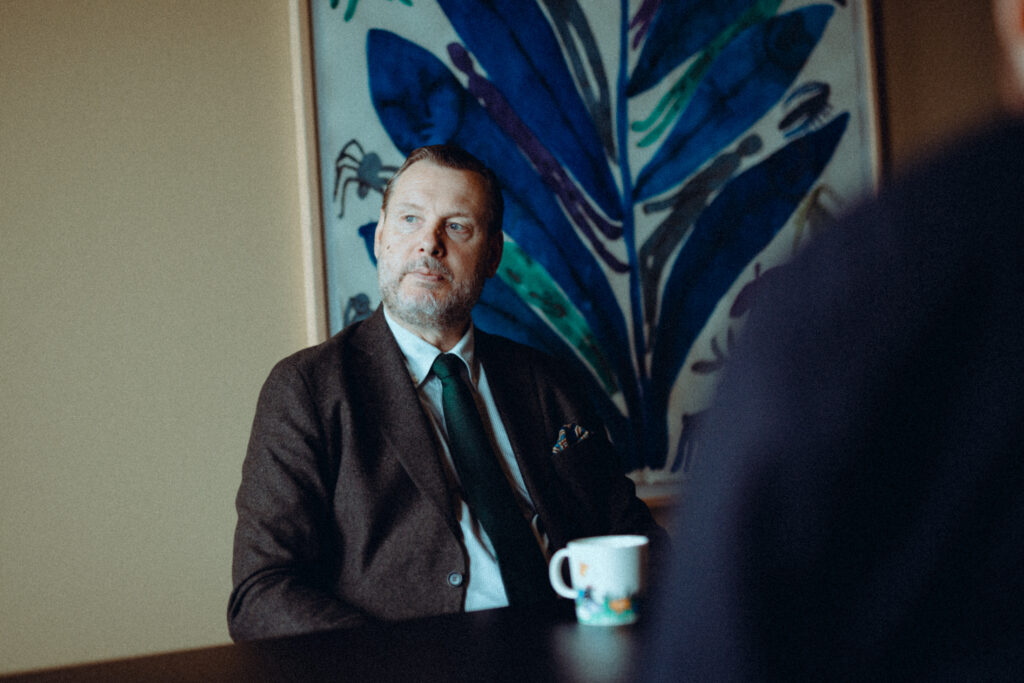
“Even more important was Lars Jansson’s early work for Moomin Characters. The company’s founding documents are brilliantly crafted—they’re practically beautiful prose. He was able to foresee, years ahead, situations that could’ve gone badly.”
“For example, power in the company could have been broken down into too small pieces, making it difficult to manage and make decisions. Effective decision-making allowed us, when success came, to reach industrial scale years before many of our competitors and to hire skilled people.”
Tove Jansson’s younger brother Lars is little known, even though he co-created the Moomin comic strip. A busy Tove first stopped writing it, then gave up drawing too. Lars did the comic on his own for sixteen years, always preserving both the Moomin magic and its essence.
The birth of this classic gentleman will mark its centennial in 2026.
“He was incredibly gentle and precise in his expression—a sort of universal genius. Whatever he did, he was brilliant. He even financed the down payment on his first home with his butterfly collection,” Kråkström says.
The Jansson siblings’ international perspective helped globalize the Moomins. Both were anglophiles and read extensively in English.
“It was a deliberate choice to present the Moomins as a complete work that addresses universal values. All direct references to Finland and the Nordics were stripped away. The Moomins live in Moominvalley, totally unaware of Helsinki. The starting point was a global work.”
And without works, there is nothing.
“The world is run through narratives and stories.”
“The world is run through narratives and stories. Storytelling has a huge role in politics and societal development.”
“Take Rovio, for example—they lacked scripts. Objects or characters can’t survive on their own, at least not for long. We’d be screwed without Tove’s stories.”
And the story of Tove herself, who so badly wanted to be a painter but never fully achieved that dream. In recent years, Moomin Characters’ revenue has grown partly because Tove Jansson’s name as an artist has become even more prominent. Her enormous body of work keeps yielding new angles that help sustain the brand and its stories.
The Helsinki Art Museum’s Tove Jansson – Paradise exhibition was a huge hit and will continue touring in Japan. As part of the Moomin 80th anniversary, the works will appear this year at Tokyo’s Mori Arts Center Gallery, the Hokkaido Museum of Modern Art, and in several other cities across Japan.
“The tour brings with it a massive amount of commercial activity. People approach art differently now. It’s not just a consumer good but something to invest in. People are willing to pay more for the best-made products when they come with a world of stories and values.”
Somewhat surprisingly, Kråkström emphasizes the entrepreneurial mindset of the “ecosystem that formed around the family.”
“If you think about the Janssons from early on, they really resemble startup entrepreneurs. Ham, Tove, and Lasse tried everything. They panned for gold, illustrated, did set design, wrote books and articles—whatever it took to stay free but earn a living.”
The word “entrepreneur” might not be the first thing you associate with Tove Jansson. Her story has often focused—needlessly—on her (supposedly) sweet artistic persona.
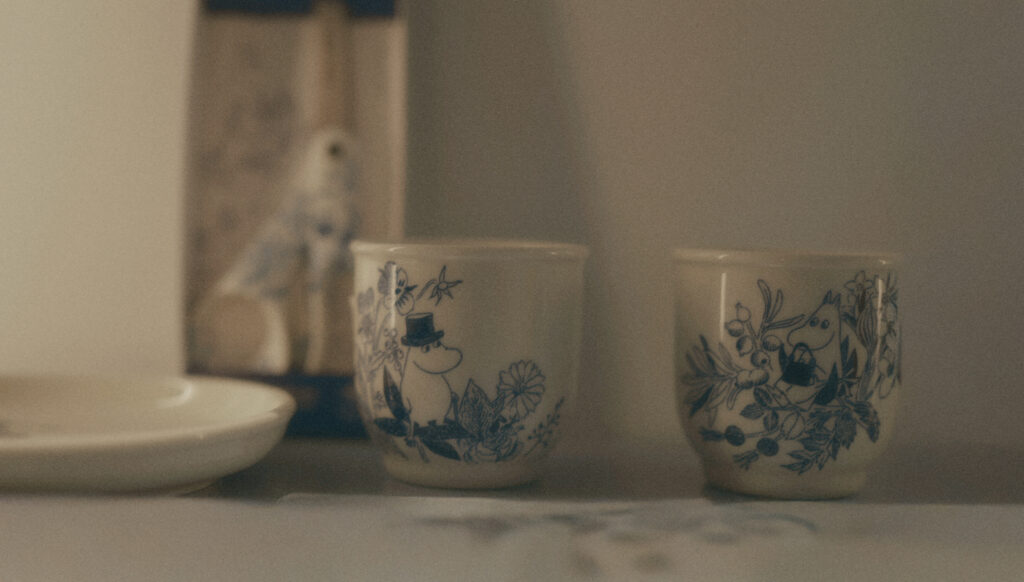
“But Tove approached her work with extreme humility and seriousness, and she worked constantly. When children’s books and comics were questioned at home, she was hurt. But by all measures, Tove became a hugely successful artist and entrepreneur.”
Let’s return to Petri Rouvinen’s words about intangible capital. Moomin Characters is a clear example of its importance—but not a rare one.
“Harry Potter, as a whole, is one of Britain’s most important industrial exports—or exports in general. Finland should think more seriously about investing in intangible capital.”
Because of the intangible potential of stories, the growth prospects for the cultural sector are massive. Still, commerce is often met with mixed feelings.
“Some in the cultural sector still think money is dirty or unwelcome. But in the music industry, merchandise plays a bigger and bigger role. It’s fan service—people are paying for much more than just a t-shirt.”